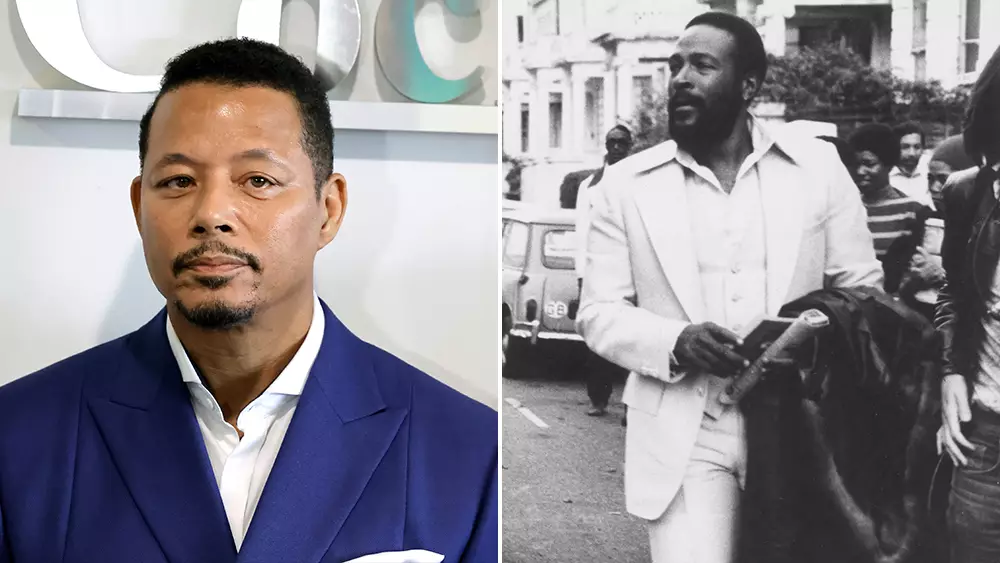Terrence Howard, an Academy Award-nominated actor known for his versatile performances, recently made headlines during his conversation with Bill Maher on the “Club Random” podcast. He opened up about a pivotal moment in his career when he declined a biopic opportunity centered around the legendary Marvin Gaye and the implications that came with it. This choice unfolded amidst the intricate plays of sexuality, representation, and the authenticity that actors grapple with within the Hollywood landscape.
Howard’s decision to step away from the role was influenced by the need to confront Gaye’s rumored homosexuality— an exploration that Howard felt unprepared to undertake. His candidness about this internal struggle raises significant questions about how far an actor should delve into roles that challenge their personal beliefs or comfort zones. In an industry where authenticity is heavily weighed against artistic expression, Howard’s reflections force a broader discourse about the responsibilities artists bear when portraying complex, multifaceted lives.
The Unfulfilled Promise of a Gaye Biopic
When discussing his career with Maher, Howard termed his rejection of the Gaye biopic as “the biggest mistake” he ever made, especially in light of Smokey Robinson’s invitation to play him. The juxtaposition of these two offers illustrates the complex web of choices in an actor’s career; while loyalty to Lee Daniels was admirable, the potential for portraying Gaye represents an opportunity lost. Howard’s recounting of how this choice affected Robinson, stating it “broke [Robinson’s] heart,” further emphasizes the emotional stakes involved in Hollywood— where decisions extend beyond mere career moves to impact interpersonal relationships.
The revelation that legendary producer Quincy Jones confirmed Gaye’s sexuality to Howard adds another layer to the conversation. This enlightening moment underscores the barriers actors may face when connecting to characters whose lives differ dramatically from their own. The notion that Howard felt he could not authentically embody Gaye because of this aspect of his identity reflects a profound internal conflict. In a society increasingly pushing boundaries on representation, Howard’s apprehension regarding scenes that require physical intimacy with another man reveals the residual stigma around LGBTQ+ narratives even in contemporary cinema.
Reflections on Authenticity and Fear
Howard’s blunt admission, where he states he wouldn’t “fake it”—specifically regarding intimate scenes—highlights the fear some actors harbor of relinquishing their image or comfort in a business that thrives on vulnerability. His remarks, which reach a fervent crescendo when he speaks about the extreme discomfort of the scenario, opened a window into the psyche of an actor who is deeply protective of their identity. The callousness with which he mentions self-mutilation in the objection to kissing a man epitomizes a struggle around masculinity and the sometimes toxic environment that can inhibit genuine performance.
Interestingly, Maher’s agreement on the subject reflects a wider societal discomfort with non-heteronormative expressions, reiterating the deeply ingrained ideas of masculinity that can constrain how both men perceive their acting capabilities and the roles they are willing to embrace. Howard’s final assertion about needing to “surrender” to a character underscores the importance of understanding the narratives one takes on as an actor. It invites a discussion about how cultural narratives are constructed and the fears that actors carry regarding personal integrity versus artistic exploration.
Ultimately, what emerges from Howard’s experience is a critical lens through which the industry must view representation— a reminder that true authenticity in storytelling often wrestles with the very real and personal fears of those who endeavor to bring those stories to life.

